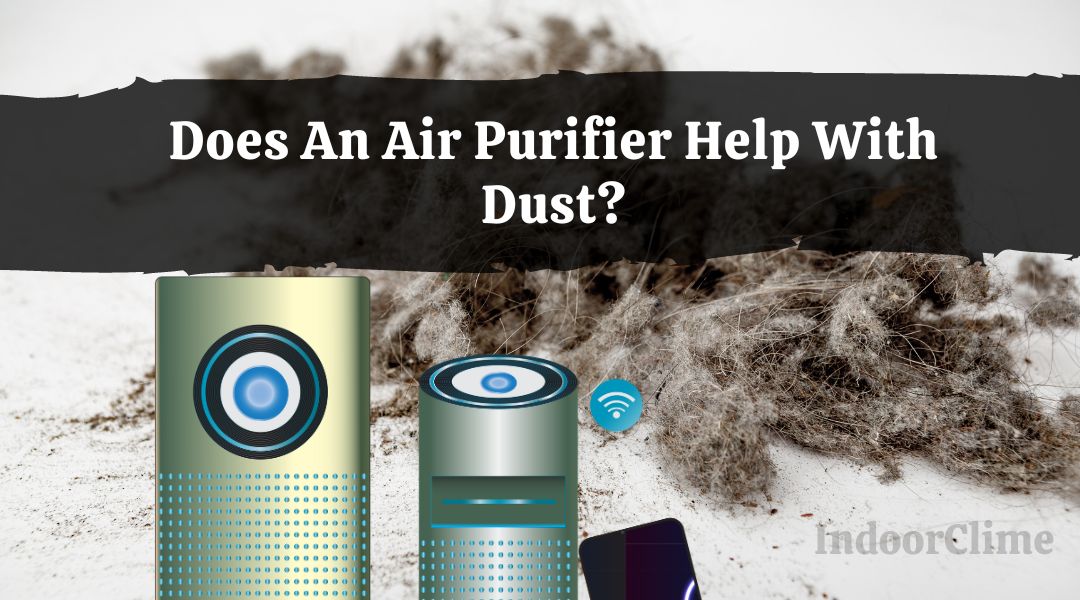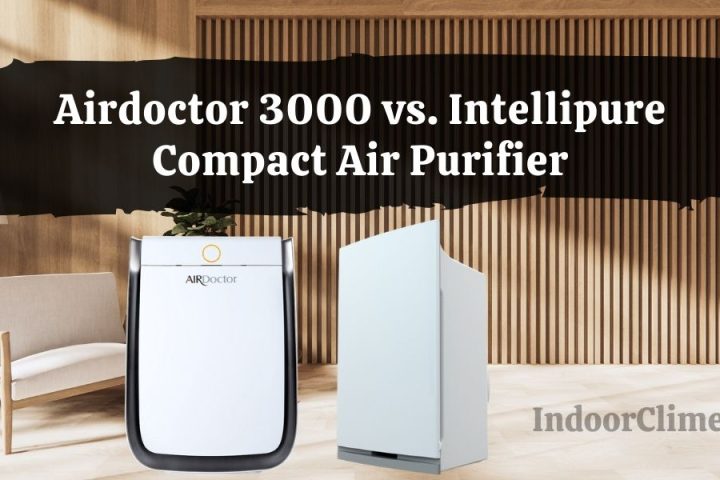Most air cleaners on the market are prepared to terminate large dust particles from the air. Most of them involve mechanical filtration, a method of removing contaminants from filters.
Most companies manufacture air purifiers that remove dust particles from the air.
They can be appropriate for people with allergies and asthma symptoms. These appliances come in different sizes, while some have a flexible fan speed and sleep mode feature to lessen sleep disorders.
Does The Air Purifier Reduce Dust?
An air purifier with a mechanical filter like HEPA is an excellent choice if it can catch tiny particles within the filter’s fibers.
Dust particles usually range from 2.5 and 10 micrometers in size, though some fine particles could be even smaller.
The essential thing that you must keep in mind is that dust can potentially be small enough to penetrate the lungs and result in health issues.
Surefire Ways To Kill Dust Mites
Evading disclosure to dust mites is the most suitable method for preventing dust mite allergy. While you can’t stop dust mites from your home, you can significantly lower their number.
Following are some ways that might help you in this process:
-
Use allergen-proof bed coverings

Keep your pillows and mattress in allergen-blocking or dust-proof covers. These covers are tightly woven fabric that prevents dust mites from inhabiting or exiting the bed or pillows.
Cover the box springs in allergen-proof covers.
-
Wash bedding weekly
Wash all blankets, pillowcases, sheets, and bedcovers in hot water at least 130 F to destroy dust mites and remove allergens.
If you can’t ash the bedding with hot water, put the items in the dryer for at least 15 minutes at a temperature above 130 F to kill the mites.
Then wash and dry the bedding to vacate allergens. You can also freeze the nonwashable items for 24 hours to kill dust mites, but this won’t remove the allergens.
-
Keep humidity low

Keep relative humidity below 50% in your home. An air conditioner or dehumidifier can help you keep humidity low, and a hygrometer can estimate humidity levels.
-
Select to bed wisely.
Avoid bedcovers that snare dust effortlessly and are hard to clean often.
-
Purchase washable stuffed toys.
Wash them frequently in hot water and dry them entirely. Also, keep stuffed toys off beds.
-
Remove dust
Use a wet or oiled mop or rag instead of dry materials to clean up the dust. This stops dust from becoming airborne and resettling.
-
Vacuum regularly

Vacuuming carpeting and upholstered furniture remove surface dust, but vacuuming is insufficient for extracting most dust mites and allergens.
Instead, you need to use a vacuum cleaner with a double-layered microfilter bag or a high-efficiency particulate air filter to help reduce house-dust emissions from the purifier.
If you have severe allergies, you must stay out of the cleaned area while someone else does the work. Wait about two hours before going back into the vacuumed room.
-
Cut clutter
If it gathers dust, it also collects dust mites. Remove tabletop ornaments, books, knickknacks, newspapers, and magazines from your bedroom.
-
Remove carpeting and other dust mite habitats.
Carpeting provides a cozy habitat for dust mites. This is particularly true if carpeting is over concrete, which holds dampness efficiently and delivers a moist atmosphere for mites.
If feasible, replace wall-to-wall bedroom carpeting with tile, linoleum, wood, or vinyl flooring.
In addition, contemplate replacing other dust-collecting furnishings in bedrooms, such as upholstered furniture, horizontal blinds, and no washable curtains.
-
Install a high-efficiency media filter in your air conditioning unit and furnace.
Look for a filter with a Minimum Efficiency Reporting Value of 11 or 12 and leave the fan on to make a whole-house air filter. Do remember to change the filter every three months.
Does Rubbing Alcohol Kill Dust Mites?

Rubbing alcohol thoroughly means isopropyl alcohol or ethanol-based liquids. This type of alcohol cannot be ingested even though it is ethanol-based because it is specially made for industrial use. These liquids are sufficiently used as topical antiseptics.
They are also generally used in many industries and for household uses. Thus rubbing alcohol is a non-specific term for isopropyl alcohol or ethyl alcohol rubbing alcohol products.
While there is a patent of a dust mite managing product concerning alcohol and benzyl benzoate, there is little to suggest that alcohol helps kill dust mites—instead, proof points to benzyl benzoate being the deadly agent for dust mite control.
It is necessary to observe warnings whenever you take rubbing alcohol in a work atmosphere. You must wear defensive clothing such as goggles and gloves. You should also ensure the area you work in is well-fanned.
Furthermore, confirm a wash place near where you are using the rubbing alcohol. Home-use rubbing alcohol is less harmful than its industrial counterpart, but you will always need protection.
Inhaling or swallowing it could cause vomiting, nausea, headache, and dizziness, leaving one senseless. The long-term results are not so obvious, so it is necessary to be very attentive.





